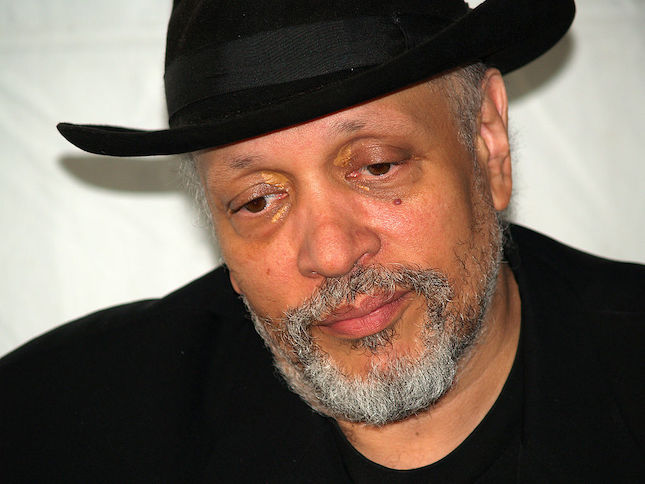Who’s On First In Your Story?

Introducing Your Story
The first few pages of your story tell the reader whether they want to read more. Your reader won’t wait for you to get ready to begin to commence. Your opening pages are an appetizer for the main meal of your story.
The first ten pages or the first chapter will set your reader’s expectations for the rest of the book. If you want them to continue through the next 300 pages, give them a good reason to keep reading.
You want to tempt your readers with anticipation for a good read. Right at the beginning is the time to introduce your story and story elements. How you tell the story now creates your reader’s desire to continue.
Show How You’ll Tell The Story
Deciding how to start your mystery influences everything that comes later in your story. Knowing your need to introduce your detective soon, you still need to “make a story” so you can set your story in motion.
Right away, your reader will know the point of view. First-person or third-person, you demonstrate the narration and the narrator’s voice.
And you set the tone for the story—dark, dramatic, thoughtful, touched with humor. Know enough about your story to set the tone. If you change the tone later, your reader will feel cheated by the beginning. It’s like a bait and switch sale.
Be true to your genre. If your story is a mystery, hint at how you are setting up the puzzle.
Introduce Your Protagonist
Right away, introduce your protagonist. Give them a name. And introduce them in action. Show skills your sleuth will use to solve the murder puzzle.
You may not be at the inciting incident, yet, or discovered a body, but give your reader a sense of how your protagonist will meet more significant challenges later on. You want your reader to care enough about your protagonist to be their eyes and ears through the story.
You get your reader to care by developing empathy. You have the rest of your novel to expand on the setting, introduce other characters, and plunge your detective into the mystery puzzle of your story. For now, you want to build empathy between your reader and your detective.
The best way to build empathy is to show your sleuth in action, responding to a challenge. The challenge doesn’t need to be big, but you must show your reader how your sleuth responds to a challenge, even a small one.
Introduce at least one character opinion. Your sleuth will have opinions about the people and world around him or her. A stated opinion creates an immediate emotional connection for your reader. It doesn’t matter if your reader agrees with the opinion. The opinion is the reader’s view into your character’s psyche. You have a sense of Philip Kerr’s detective Bernie Gunther in March Violets and every subsequent novel.
Be In the Story World
Ground your reader in place and time. Give them some details about your character’s surroundings. Urban or rural, coastline or inland, small town or city—the setting doesn’t matter. What matters is showing your readers where they are and how your protagonist responds to his or her surroundings.
Is it present day with everyone wearing masks? Victorian London? Fourteenth Century France? The time of your story reflects cultures and mores that may or may not be familiar to your reader. Help them understand the story world.
Beginning writers can mistake the everyday world of the protagonist for daily activities like eating, getting up, or a multitude of mundane tasks. That’s not it. You want to show your protagonist interacting with the world and the people in it.
What’s Your Prose Style?
Do you write short, snappy sentences? Or do you play with words and syntax? Whatever your prose style, you’ll want it to remain consistent throughout the story.
How you write is the story’s voice. If you write in the first-person point of view, your narrator will guide your prose style. You have control over the third-person point of view through your vocabulary and syntax.
Your prose style needs to remain consistent throughout the story. Readers have preferences, so make sure your beginning shows how you write the story.
Editor Sherryl Clark said in a recent article:
It’s the words you choose for the character to say. Do they describe their grandma as pretty feisty for an older lady, or a tough old vulture? It’s the way they think, which direct thoughts you give them, which insights or blind spots they have.
Action
Action needs to be meaningful for the character and the story. Action just to have action isn’t meaningful. Worse, it’s a tease to your reader. A smaller action that reveals your hero’s character is more meaningful than a big fight scene. You build story context with small actions showing your character interacting with their world.
You’ll build more meaning later, action by action. In the beginning, think of your hero with a challenge, however small, that reveals character traits and sets up future conflicts to the character’s traits. S. A. Cosby masters this technique for each character in Blacktop Wasteland.
What are your hero’s main stakes for taking action? Do the action and the stakes foreshadow bigger conflicts later?
Movement
The story doesn’t start later after the first few pages; it starts now. When you plunge your hero into action, you move the story to the consequences of the action. Immediately your reader wants to know what will happen next. And the reader needs to ask that question from the very beginning.
How your hero responds to the action and what decisions they make afterward lead the reader to ask more questions. Without a hint of the story to come, there’s no reason for your reader to keep going.
The First Sentence
Some writers save working on the first sentence until they have finished the novel. It’s the most important sentence in the story.
An opening line should have a distinctive voice, a point of view, a rudimentary plot and some hint of characterization. Jacob M. Appel
That’s a lot of work for one sentence to do, so take your time. As you continuing writing make a list of possible first sentences. Keep refining until you have the sentence that plunges your reader into the story.
Who’s On First with Your Story?
So, who’s on first with your story? You are. Your job in the first chapter is to bring the reader into your story.
The old adage is never more true than for a story beginning; you have once chance to make a good first impression.
You define the course of the story in the opening sequences. The beginning is your story’s first impression. The beginning starts the reader on a path to the conclusion, and you want to plant the first seeds so they can grow as the story progresses.
Want to chat about writing mysteries? Join the free Mystery Writers Studio.
Watch the video.
Photo by Keith Johnston on Unsplash




